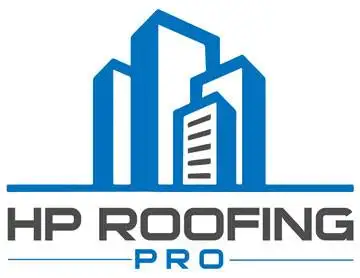Mon - Fri 7:00 am - 4:30 pm
601 South Palm Ave, Alhambra, CA 91803
Posted by hproofingpro No Comments on What Is a Cool Roof? Your Guide Roofing
What Is a Cool Roof? Your Guide
It costs a lot of money to keep a commercial building cool. Some estimates indicate that businesses spend around $2 per square foot on utilities, with a large portion of that going to HVAC services.
Despite its cost, air conditioning is a necessity for many businesses. Customers expect a comfortable atmosphere, even during the hottest days of the year, and workers need a comfortable climate to get their work done.
Fortunately, there are a few ways to lower the costs associated with cooling. A cool roof is one such option.
What is a cool roof and how can it benefit your business? Read on to find out.
What Is A Cool Roof?
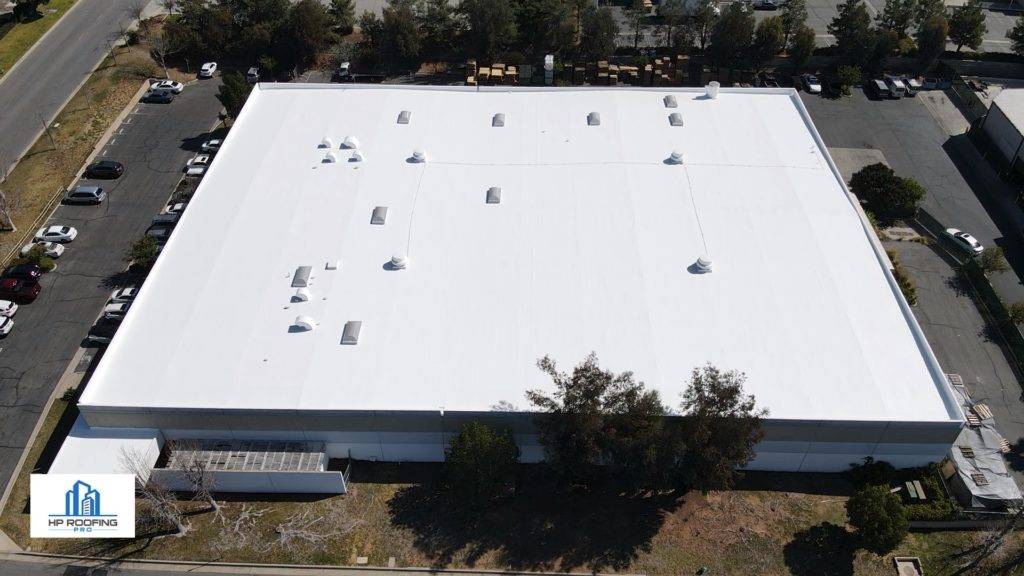
On a particularly hot day, the temperature on your roof could reach over 150 degrees. Despite the insulation of your building, this heat will cause your building’s interior temperature to rise.
To combat this, cool roofs are roofs designed to reflect sunlight. A sun-reflecting cool roof can be up to 50 degrees cooler than a conventional roof. This means your air conditioning has an easier time cooling your building.
Both flat and sloped roofs can make use of cool roofing materials, but they’re most popular with flat-roofed commercial buildings. These roofs tend to have limited shade and are traditionally made of dark-colored, heat-absorbing materials.
While cool roofs are gaining popularity as a part of the growing push towards more sustainable infrastructure, they’ve been around for over 20 years. They first rose to prominence in California, but now businesses across the country are seeking the benefits a cool roof can provide.
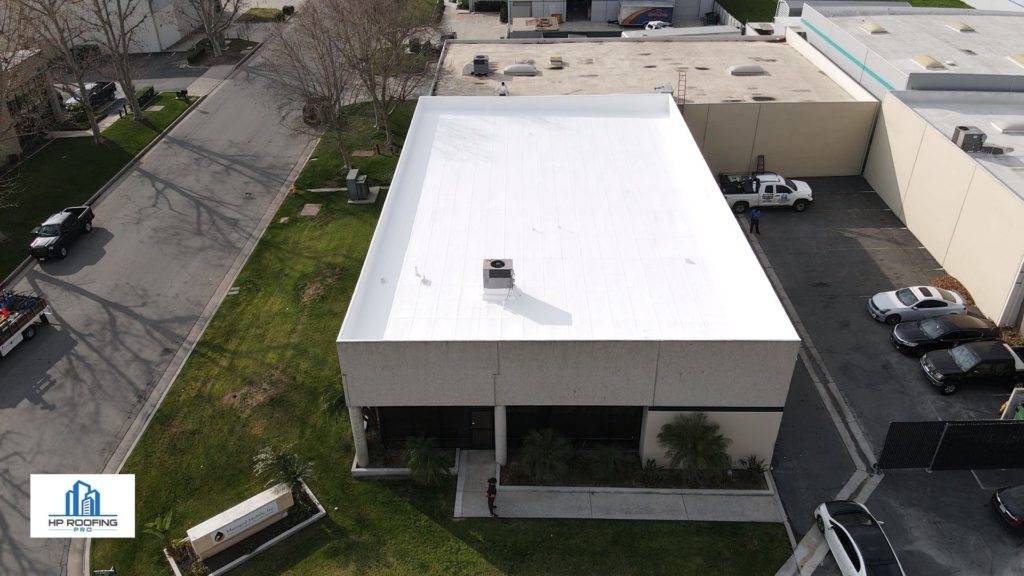
What Are Cool Roofs Made Of?
Cool roofing is available for all kinds of roofs, but the materials used will take different forms. Aside from vegetation, all cool roofing materials contribute to reflecting sunlight away from the building.
Installing a cool roof doesn’t mean replacing your building’s entire roof. Many roofs can be retro-fitted with cool roofing materials.
Silicone Roof Coating
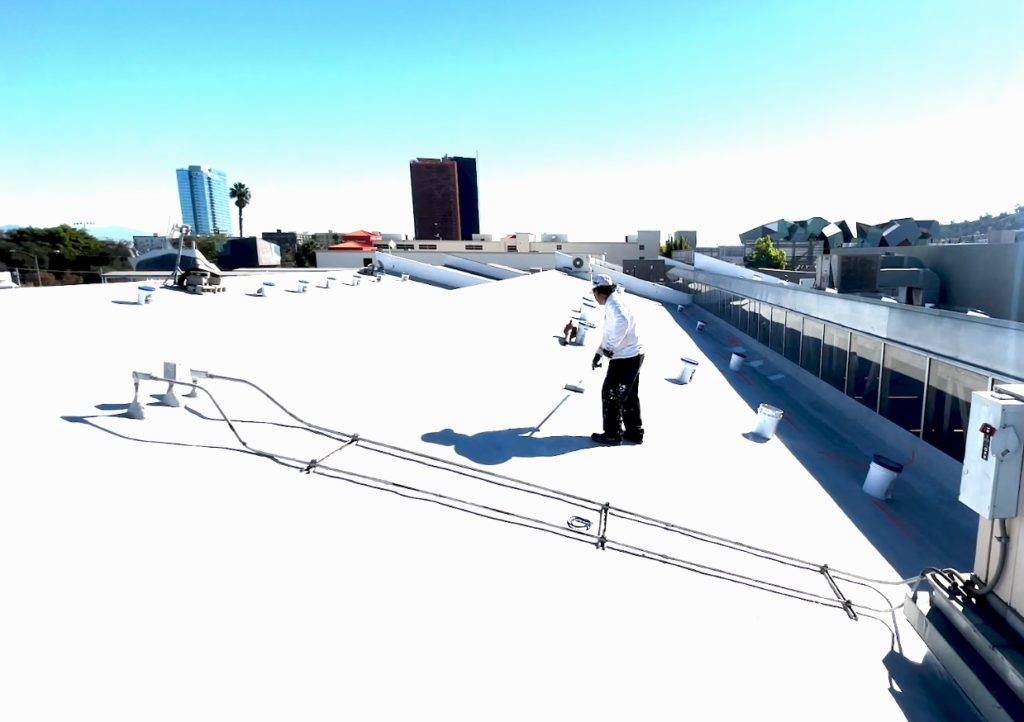
A silicone roof coating is the ideal cool roofing material. Typically white in color, these coatings reflect a significant amount of the sun’s energy.
There are a number of benefits to using a silicone coating on your cool roof. They’re incredibly easy to install and oftentimes can be retrofit to your existing roof.
Silicone roof coatings are also highly durable. They can last over a decade without needing to be replaced and require very little maintenance.
Acrylic Coating
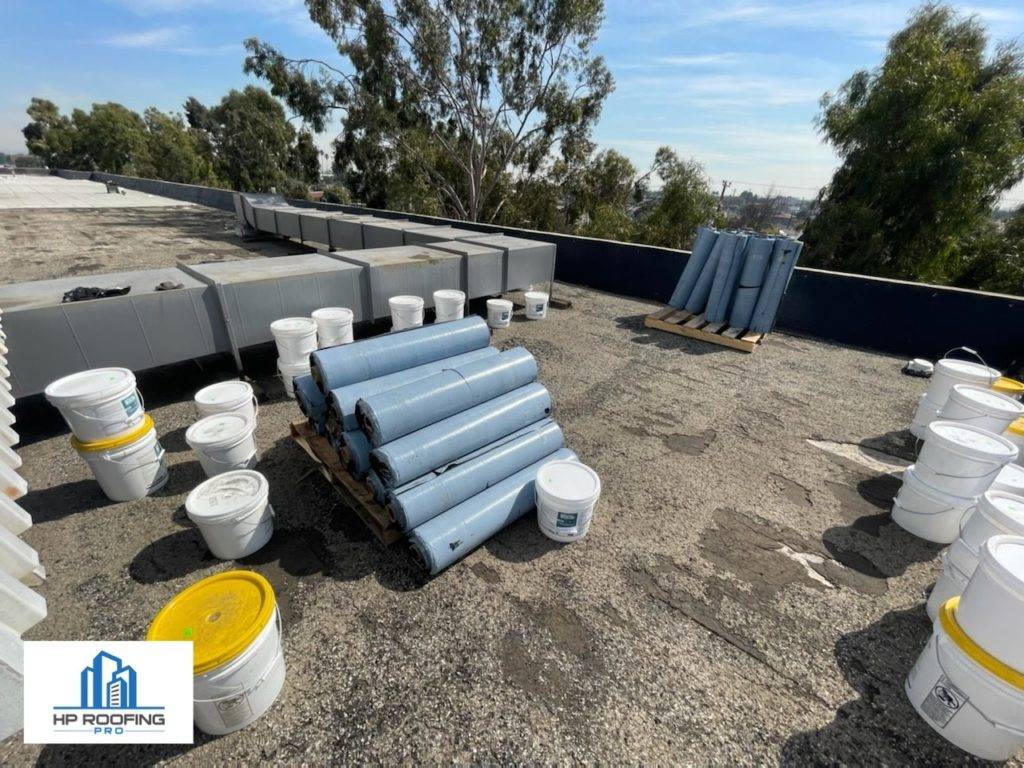
Acrylic roof coatings are another popular choice for cool roofs. They can be applied to both sloped roofs and flat roofs.
These kinds of coatings provide excellent performance at a cost-effective price point. They are highly reflective and offer strong UV resistance. Acrylic roof coating is also easy to apply.
Acrylic coatings are recommended for those in warm, dry locales. Low temperatures and heavy rain can degrade this water-based coating, but those in the appropriate climate will be pleased with its performance.
The Benefits Of A Cool Roof
If you install a cool roof on your commercial building, you’ll reap a good deal of benefits. You’ll also benefit your city and the environment.
Save Money On Air Conditioning
As a business owner, this is the chief benefit of installing a cool roof on your building. Since these roofs reflect a significant amount of the sun’s energy, your building will be much easier to cool. This can represent a sizable reduction in air conditioning costs.
A hidden benefit of this is that using less energy for air conditioning is also better for the environment.
More Comfortable
There’s no doubt that air conditioning makes indoor spaces bearable on incredibly hot days, but some find sitting in air-conditioned rooms uncomfortable. Air conditioning can affect allergies if the AC unit’s filters aren’t properly cleaned.
Also, some spaces aren’t equipped with air conditioning of any kind, so a cool roof can help make these buildings more comfortable.
The Urban Heat Island Effect
In densely-populated urban areas, asphalt and concrete retain heat, causing an increase in air temperature. This phenomenon is known as an “urban heat island.”
Fortunately, installing a cool roof can help mitigate this effect. The cool roof reflects heat, rather than retaining it, so your roof won’t be contributing. To truly reverse this effect, entire swaths of buildings would have to adopt a cool roof, but, with cool roofs gaining popularity, that might not be far off.
Special Considerations For California Cool Roofs
As of January 1st, 2020, the state of California requires most owners of commercial buildings looking to install a new roof to use heat-reflecting roofing materials. This also applies to those looking to renovate over 50 percent or over 2,000 square feet of their roof.
Different regulations apply depending on the slope of your roof and where you live in California. As a rule, roofs with little to no slope must offer more solar reflectivity than roofs with a steep slope.
To find out how the regulations apply to your building, you’ll need to reference 2019 Title 24 Part 6.
Rebates For Cool Roofing
There are plenty of rebate opportunities to help businesses abide by the new cool roof regulations.
Los Angeles was the first city to mandate cool roofing practices and has an incredibly robust rebate program. The city will pay $0.20 per square foot if you have a low-sloped roof that fits within their parameters. If you have a steep-sloped roof, you can earn $0.30 per square foot.
The city of Anaheim also offers significant rebates. Anaheim Public Utilities can assist in replacing an old roof or installing a new cool roof. You could earn up to $50,000 by working with them. You can also build a Customized Energy Incentive and get reimbursed for 25 percent of the roofing project or $50,000, whichever is less.
Trust HP Roofing Pro With Your Cool Roof
What is a cool roof? While traditional roofing materials can retain heat, cool roofs are engineered to reflect sunlight. This can lower your energy bills and is better for the environment.
Ready to install a cool roof on your building? Whether you’re looking for an all-new roof or want to retrofit your existing roof with cooling materials, HP Roofing Pro has the expertise to get the job done right. Reach out for an estimate.
Recent Posts
Categories
Recent Posts
Do you have any questions?
Contact us at The HP Roofing PRO office or submit a business inquiry online
Contact Us

